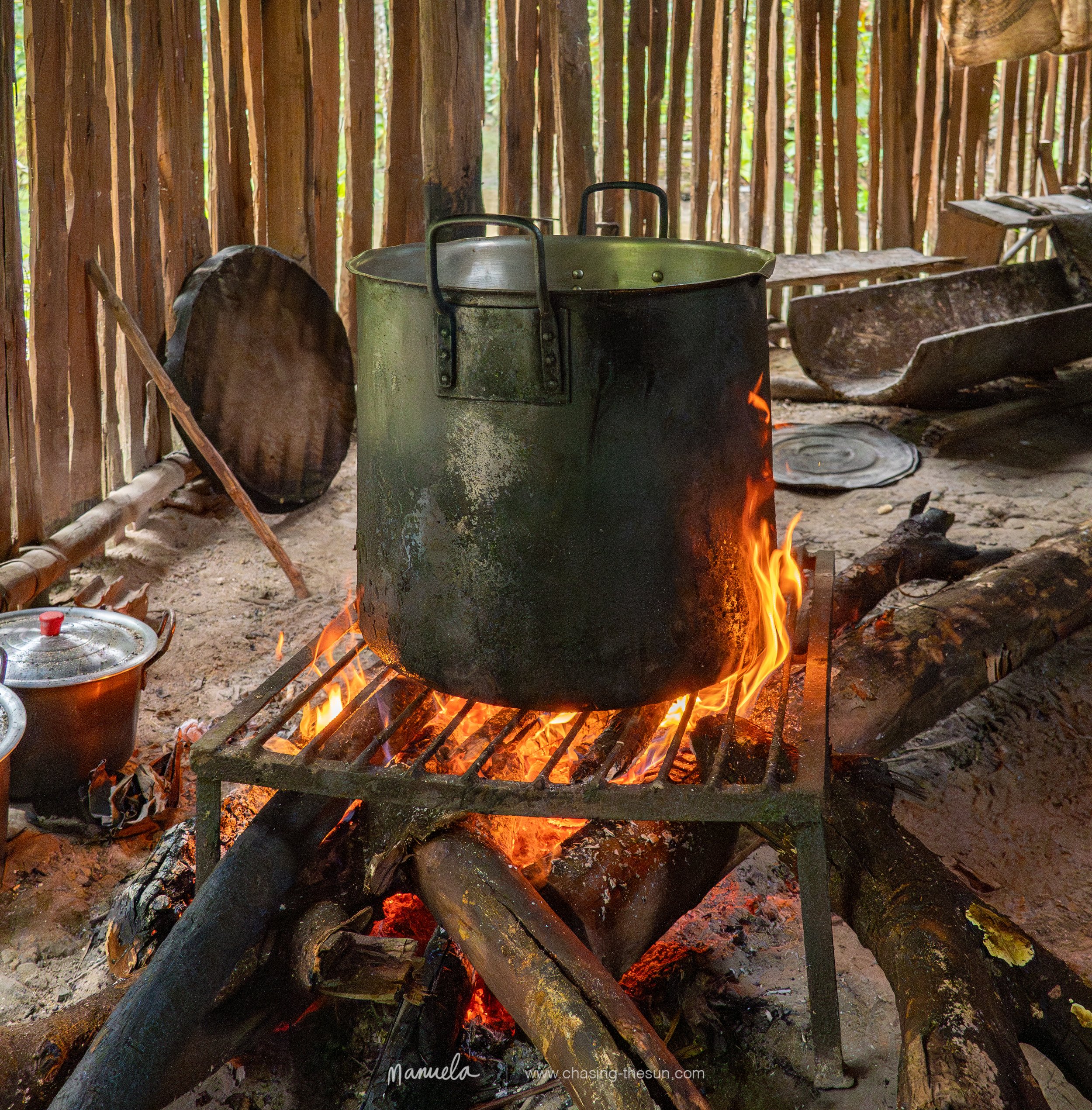
Exploring Ayahuasca: Its Profound Cultural Significance and Impact
In the Colombian Amazon, ayahuasca is known as "yagé" or "yajé" and holds profound importance in the cultural and spiritual heritage of various indigenous groups, including the Siona, Cofán, Inga, and Tukano.
Cultural and Spiritual Significance
Spiritual Rituals: Ayahuasca ceremonies are central to the spiritual lives of many indigenous communities. These ceremonies, led by shamans or traditional healers known as "taitas," are seen as journeys to connect with the spiritual world, communicate with ancestors, and gain insights into personal and communal issues.
Healing Practices: Ayahuasca is used for its powerful healing properties. It is believed to cleanse the body and mind, treat physical ailments, and heal emotional and spiritual wounds. The purging effect, which often includes vomiting and diarrhea, is considered a form of spiritual cleansing, removing negative energies and toxins from the body.
Cultural Preservation: The preparation and consumption of ayahuasca are steeped in tradition, involving specific rituals, chants, and songs that have been passed down through generations. These practices are crucial for preserving the cultural identity and heritage of the indigenous groups.
Preparation and Use
Ingredients: The primary ingredients are the Banisteriopsis caapi vine and the leaves of Psychotria viridis or Diplopterys cabrerana, similar to other regions of the Amazon.
Ritualistic Preparation: The preparation of the brew is a sacred process involving prayer, chanting, and the guidance of experienced shamans. The brew is often prepared in a communal setting, reinforcing social bonds and communal identity.
This spiritual role of ayahuasca is central to its cultural significance, as it not only offers personal healing and enlightenment but also reinforces communal bonds and the transmission of traditional knowledge and values. Through ayahuasca ceremonies, individuals experience a profound connection with the universe, gaining a deeper understanding of their place within it and fostering a sense of spiritual growth and enlightenment.
The Spiritual
Role
The Role of the
Shaman
The shaman, known as a "curandero" or "taita," is essential to ayahuasca ceremonies, acting as a guide, healer, and intermediary between the physical and spiritual realms. They are responsible for preparing the ayahuasca brew with ritualistic care, setting the intentions for the ceremony, and creating a sacred space conducive to spiritual work. During the ceremony, the shaman sings "icaros" (sacred songs) and uses instruments like rattles and drums to guide participants through their visions and connect them with spiritual entities. The shaman performs spiritual healings and cleansings to address physical and emotional ailments, providing protection throughout the journey by warding off negative entities and ensuring participants' safety. This role is crucial for navigating the complex and often intense experiences induced by ayahuasca, making the shaman an indispensable part of the ceremonial process.







